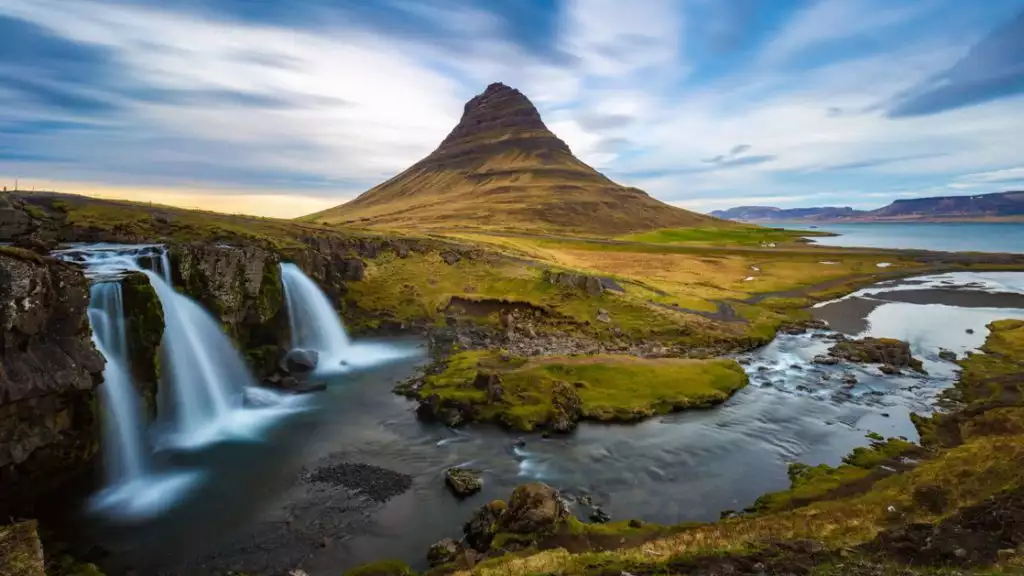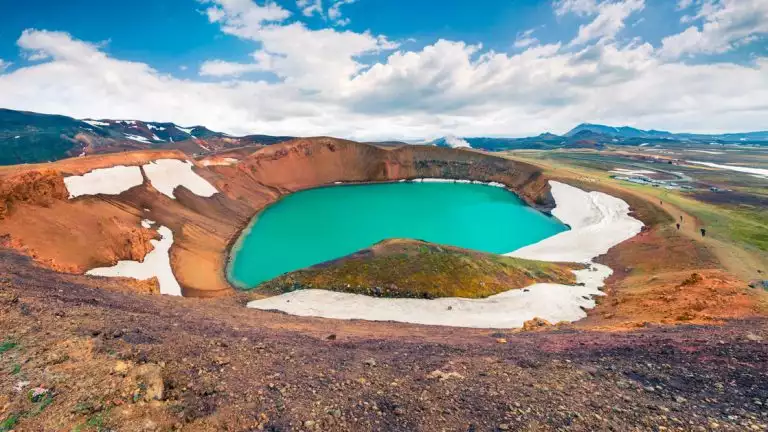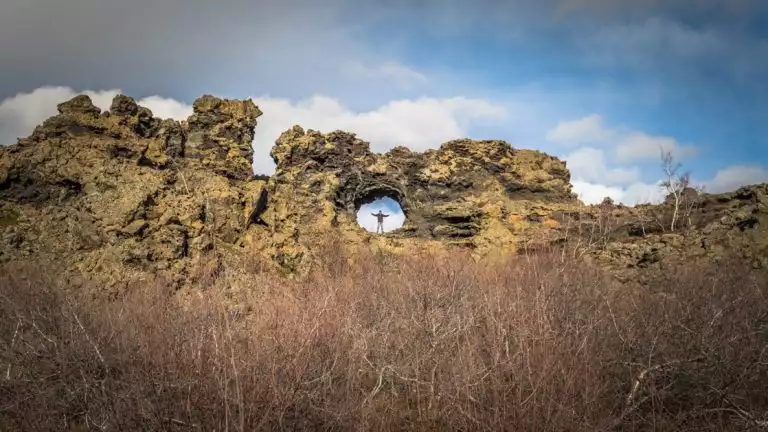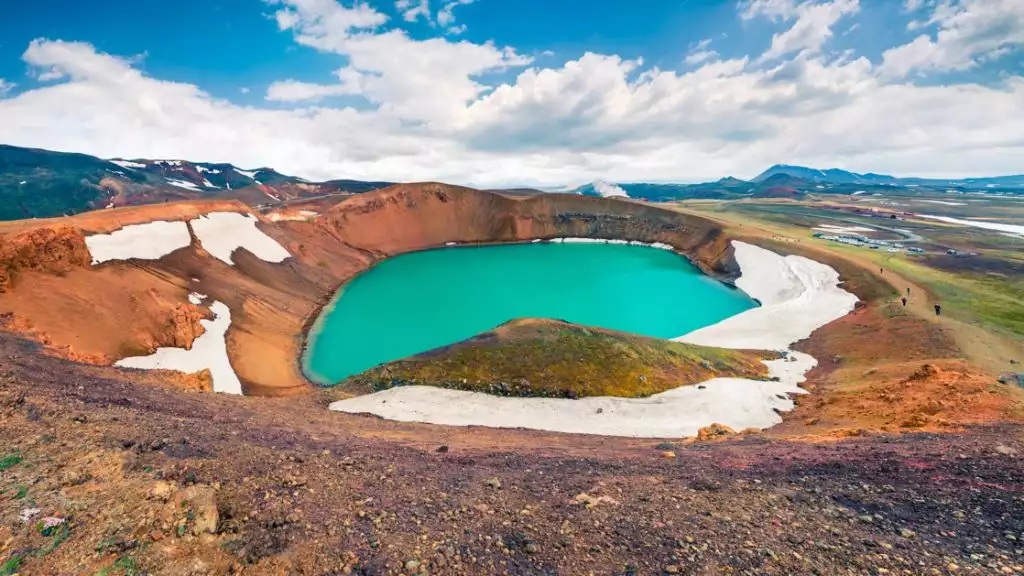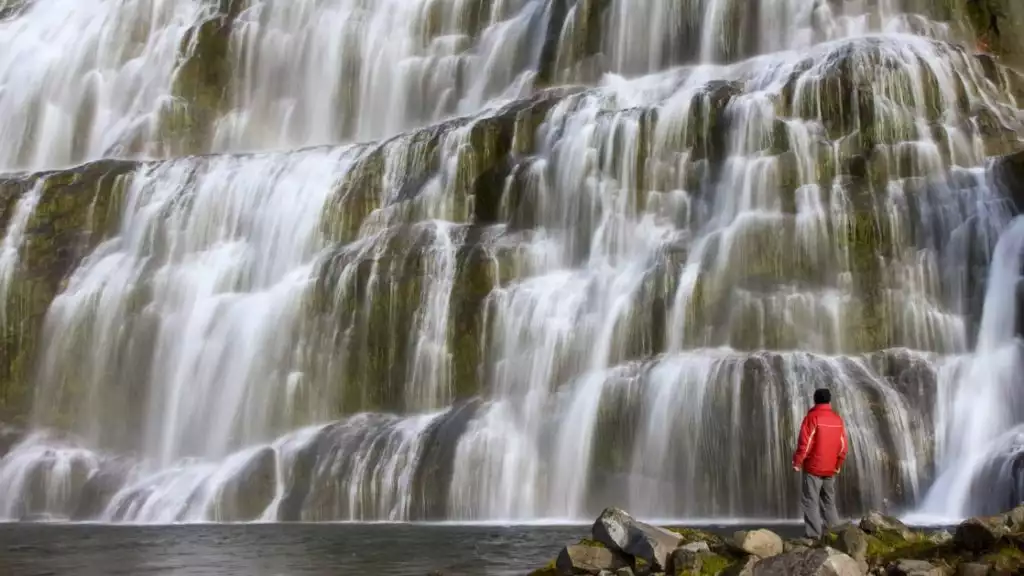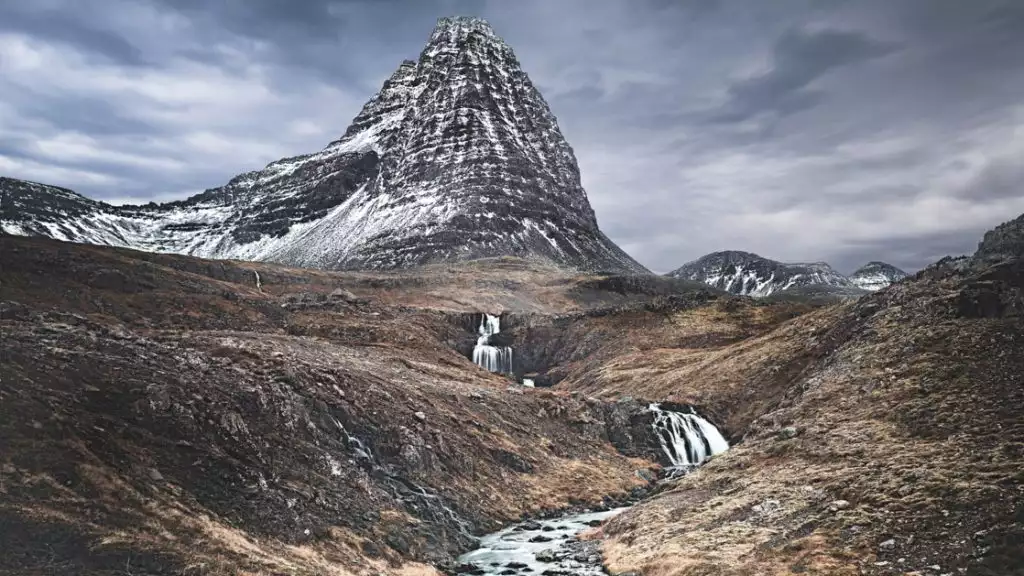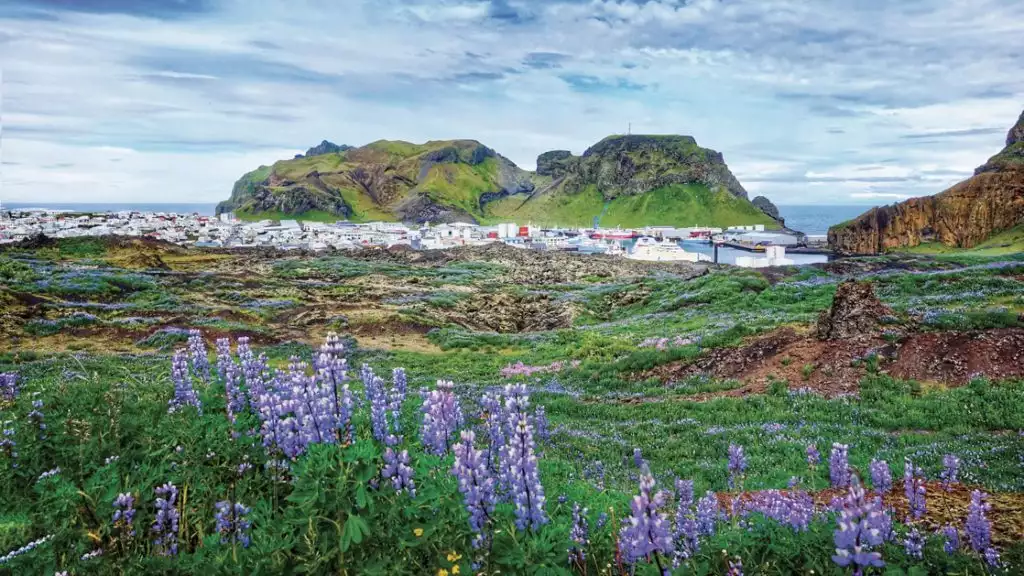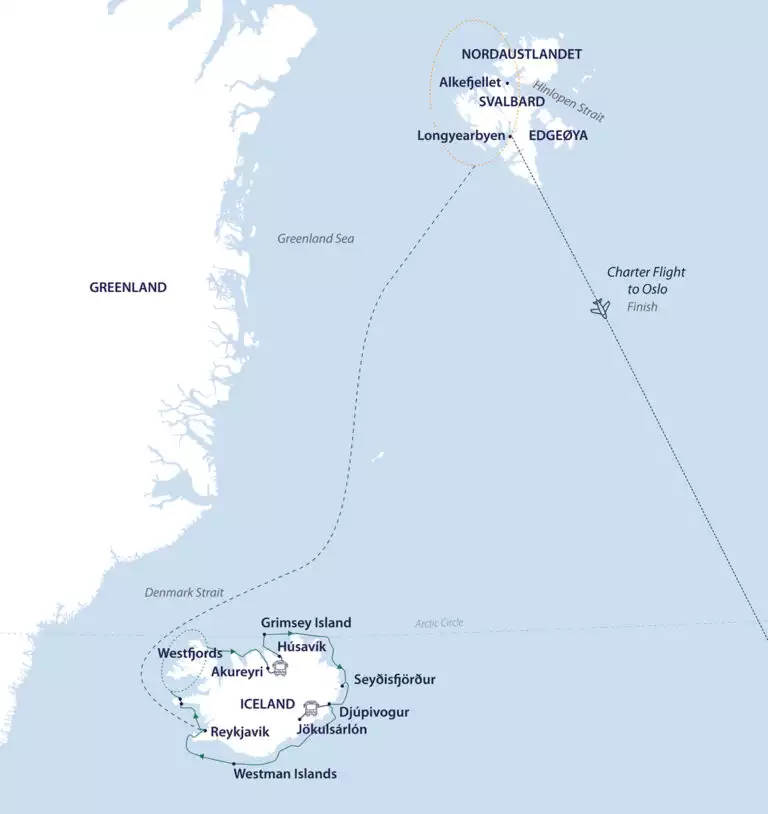Britain’s most northerly islands lie almost 100 miles (160 kilometers) north of the Scottish mainland, at a similar latitude to the southern tip of Greenland, or Bergen in Norway. Kept relatively warm by the Gulf Stream, Shetland’s 100 islands experience almost 24 hours of daylight in summer. They abound with nature reserves and archaeological sites and offer a taste of traditional island life. Plan to explore some of the following sites:
Foula
The island of Foula is the most remote inhabited island in the UK. Its small community of about 30 residents welcome you to their island to enjoy the magnificent scenery, large seabird colonies, beautiful wildflowers and remarkable community life. Papa Stour offers some of the best sea caves in Britain where you may explore with Zodiacs and kayaks.
Jarlshof
Jarlshof is one of Shetland’s best preserved and most complex archaeological sites. It was exposed by storms in the late 19th century. The Old House of Sumburgh, built here in the 17th century, was named Jarlshof by Sir Walter Scott in his novel The Pirate. The record of human occupation dates from around 3,200 BCE. Jarlshof’s main Bronze Age site is the house of a bronzesmith working around 800 BC. Clay moulds into which molten bronze was poured revealed that he was casting axe heads and short swords. It seems that Shetland suited early Norse settlers, for they quickly settled here and left their mark on Shetland’s history for ages to come.
Mousa Broch
Mousa Broch, on the small uninhabited island of Mousa, is the best preserved of Scotland’s 570 brochs (fortified Iron Age towers). Storm petrels nest among its stones, which can be seen when visiting the broch at night. In daylight, a large colony of common and grey seals basks on its shores and you may spot otter (Dratsi, in Shetland dialect).
Hermaness National Nature Reserve
Close to Britain’s most northerly point, this reserve is a place of bird cries and sea smells, of myth and mist. The cliffs rise 558 feet (170 meters) above the Atlantic. During summer they are alive with the cacophony and raw guano smell of over 100,000 breeding seabirds: kittiwakes, shags, snipe, dunlin, golden plover and arctic skua, making this one of Europe’s most diverse colonies. The grasslands, moors and cliff tops are a tapestry of colorful wildflowers–gentians, heather, orchids and thrift are a few of the species here.
Muckle Flugga
This rocky islet is Britain’s most northerly point and only 170 miles (274 kilometers) from Norway. A lighthouse was established here in 1854, to protect navy ships during the Crimean War.
Noss
With its mile-long seabird cliffs, the Island of Noss is a National Nature Reserve. In breeding season, the sound of around 150,000 birds and chicks fills the air. Millions of years of wind and ice have honeycombed thousands of nesting ledges in sandstone cliffs almost 656 feet (200 meters) high. Resident seals and visiting otters feed in dense kelp around the shores.
Fair Isle
Midway between Orkney and Shetland, Fair Isle houses a major European ornithological research station, and is also famous for knitwear and historic shipwrecks. About 3×2 miles (5×3 kilometers) in area, it is surrounded by impressive cliffs. The 70 or so islanders mainly live in traditional crofts on the more fertile low-lying southern part of the island.
A bird watchers’ paradise, Fair Isle lies on the intersection of major flight-paths from Scandinavia, Iceland and Faroe. In summer, the cliffs teem with breeding fulmars, kittiwakes, guillemots, gannets, shags and puffins. The Isle is an excellent place to view seabirds, especially puffins at close range. Fair Isle also has over 250 species of flowering plants, including wetland flowers, rare orchids, alpine species and common wildflowers. Be welcomed by the hospitable villagers and possibly take a hike or visit the museum. Grey and common seals inhabit these waters around Fair Isle, while sharp eyes may spot harbor porpoises, white-beaked dolphins, Atlantic white-sided dolphins, killer whales (orcas) and minke whales.
Orkney Islands
Orkney’s archipelago of 70 windswept islands, 6 miles (10 kilometers) north of the Scottish mainland, offers a rich tapestry of archaeology, history and wildlife. Follow the passage of time—from 5,000-year-old World Heritage Neolithic sites, past relics from Vikings and reminders of World War II occupation—to present-day crofting communities. Imposing sea cliffs teem with seabirds and cliff top paths beckon keen hikers. Kayakers explore sections of Orkney’s fascinating coastline. At the Knap of Howar on Papa Westray lies the earliest known house in Northern Europe, occupied by Neolithic farmers over 5,000 years ago. At the east end of Scapa Flow, remnants from World War II include an Italian chapel, created by Italian prisoners of war made out of two Nissen huts, and the Churchill Barriers, constructed on the orders of Winston Churchill to keep out U-Boats.
Discover the rich history in Kirkwall, capital of the Orkney Islands. Initial impressions are misleading, as the harbor area looks modern, but the narrow winding streets and lanes of the old town, which have remained relatively unchanged over the centuries, are appealing. Explore magnificent St Magnus Cathedral, built from red and white sandstone and considered the finest medieval building in the north of Scotland, before popping across the road to Tankerness House and Gardens, a restored 16th century former manse, now housing the Orkney Museum featuring archaeological artifacts from Neolithic times to the Vikings. The exhibition is a great way to whet your appetite for the archaeological gems you will find on the mainland including the unique and well-preserved 5,000-year-old semi-subterranean village of Skara Brae.
Everything west of Kirkwall is known as West Mainland, an area of rich farmland, rolling hills and moorland, with dramatic cliffs along the Atlantic coastline. Some of the main archaeological attractions you may see include the standing Stones of Stenness, the Ring of Brodgar, and the chambered tombs of Maes Howes that to this day still have unresolved mysteries. One of the mainland’s main attractions is Skara Brae, the best-preserved Stone-Age village in northern Europe, located in the spectacular white sands of the Bay of Skaill. Revealed in 1850 after a storm blew away the dunes, the site dates from approximately 5,000 years ago and was occupied for about 600 years, showing a unique picture of the lifestyle of the original inhabitants.
